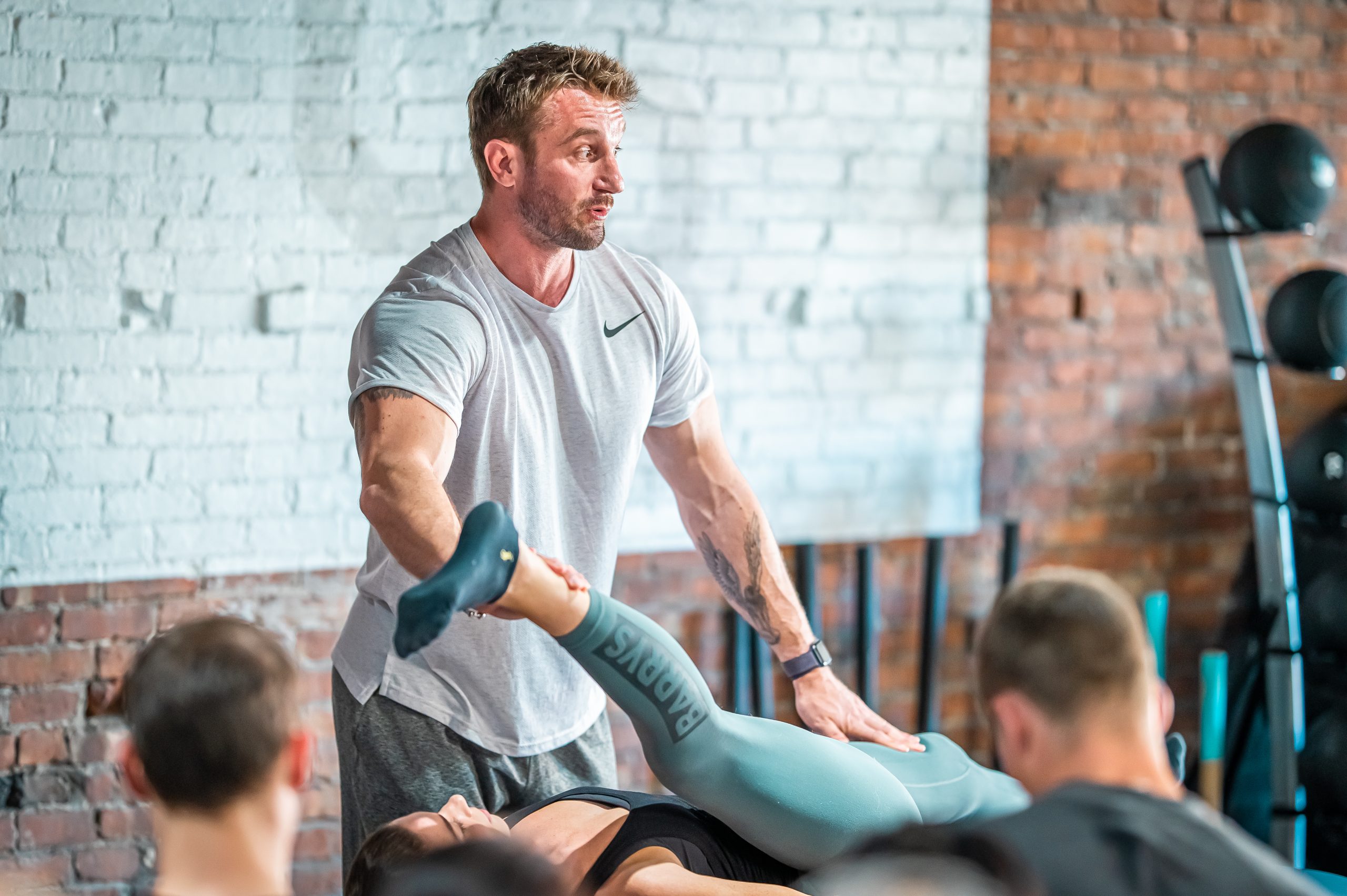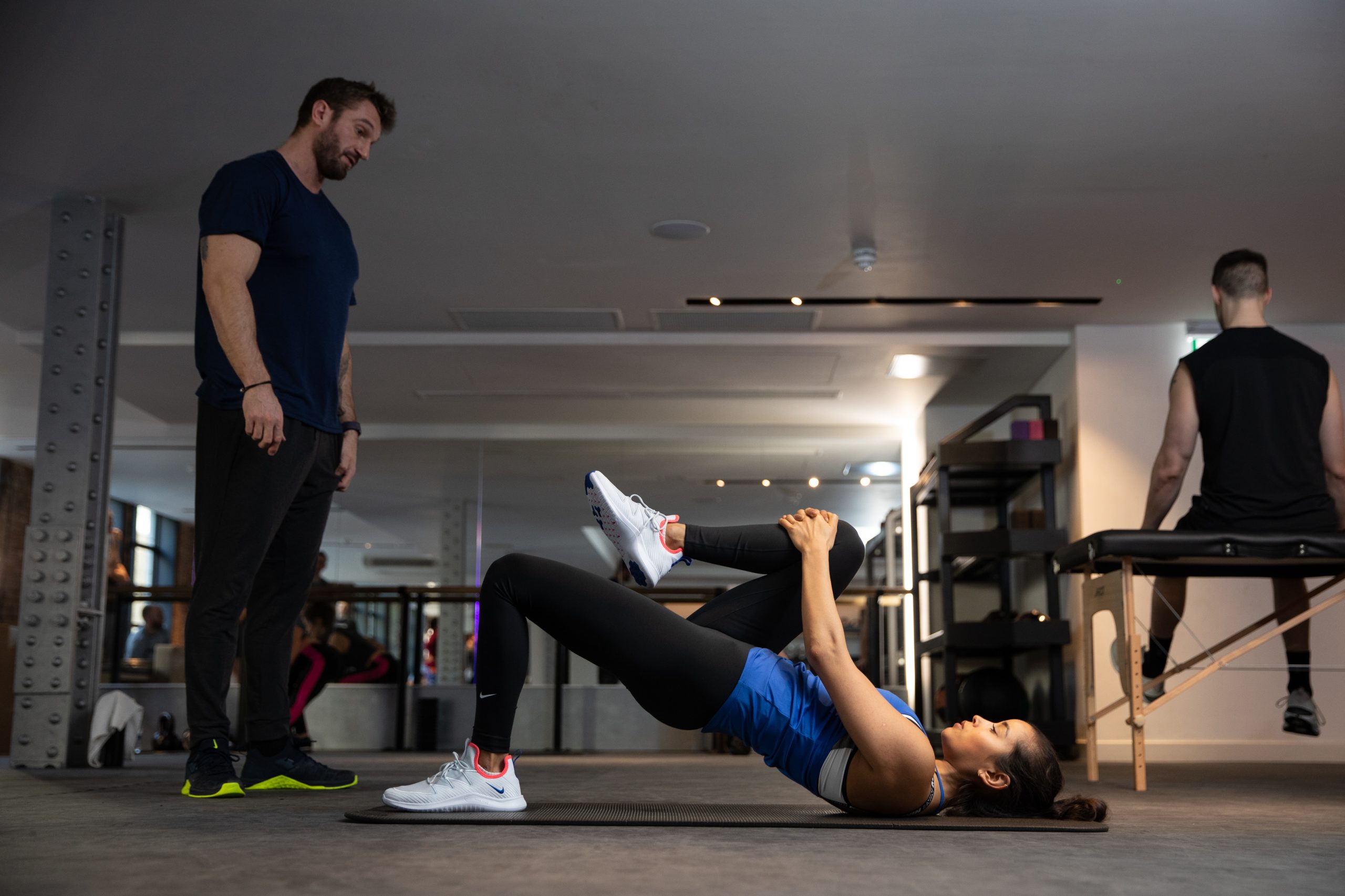Random Training = Random Results
Effort is a vital component of progress, but without direction it quickly loses value. In exercise physiology, adaptation depends not only on intensity but on the consistent and progressive application of training stress. Structure is what allows effort to be channelled purposefully, ensuring that each session contributes to a defined outcome rather than existing in isolation.
Without structure, training becomes reactive. Volume, load, and recovery fluctuate unpredictably, making it impossible to ensure sufficient stimulus or allow adequate adaptation. The result is often stagnation, fatigue, or injury rather than progress. A structured program provides continuity, purpose, and measurable progression, transforming effort into tangible results.
“The body adapts to what it consistently experiences, not what it occasionally endures.”

Structure Turns Intention into Progress
A clear goal without a clear process is little more than an idea. Structure is what bridges the gap between intention and outcome. It defines how variables such as load, volume, frequency, and recovery are manipulated over time to create specific physiological adaptations.
In a structured three-day full-body program, each session has a defined role within the overall framework and plan. Movement patterns are revisited frequently enough to refine skill and build strength, yet rotated strategically to manage fatigue (and avoid boredom!). Training volume and intensity are planned to rise gradually rather than fluctuate randomly, this is how we apply the principle of progressive overload.
By tracking and controlling training variables, structure converts effort into data. That data provides feedback, allowing informed adjustments rather than guesswork. The process becomes cyclical: plan, apply, observe, adapt. This is the foundation of all effective athletic preparation, from elite performance to general fitness.
“What gets measured gets improved.”
It Aligns Training, Nutrition, and Recovery
Training is only one part of the adaptation equation. For real change to occur, the stimulus created by training must be supported by appropriate nutrition and adequate recovery. A structured program recognises this relationship and plans for it.
When training is random, it is impossible to coordinate nutritional intake or recovery. Energy demands fluctuate, muscle groups are trained inconsistently, and rest periods may be either excessive, insufficient (or sometime non existent). Over time this inconsistency limits progress and increases the likelihood of fatigue or injury.
A structured program aligns these variables. Training volume and intensity follow a predictable pattern, allowing nutrition to be matched to energy expenditure and recovery needs. Protein distribution, sleep quality, and nutrient timing can all be organised around the training schedule rather than in reaction to it. The outcome is a system where training, nutrition, and recovery work together toward a defined goal rather than competing for resources.
“Structure creates the environment for adaptation.”
It Builds Momentum and Prevents Plateaus
Consistency is the single greatest predictor of long-term progress. Structure provides that consistency, each week has a defined rhythm and purpose. Rather than chasing variety for its own sake, a structured approach builds familiarity with key movements and allows gradual refinement of technique, coordination, and load tolerance.
As performance improves, volume and intensity can be increased in measured increments. This controlled progression challenges the body without overwhelming it, maintaining a state of positive adaptation and avoiding the stagnation that often follows unplanned training.
Psychologically, structure also removes decision fatigue. Each session has a predetermined focus, which makes adherence easier and builds a sense of momentum. Over time that momentum compounds into measurable change, both in performance capacity and physical appearance.
“Progress is built on repetition, not novelty.”
It’s What Film Prep Demands
In film preparation, structure is essential. Actors work toward fixed deadlines, and their physical readiness must align precisely with the production schedule. Preparation periods are strictly time bound, which means there is no opportunity to start over because of poor planning or inconsistent execution. Every week of preparation must be accounted for, and every element of a plan must have a clear purpose. There is no time to be doing things simply for the sake of doing them.
A structured program allows that level of control. It manages workload, recovery, and aesthetic development in predictable phases that can be adapted to schedule changes or location demands. It ensures that physical readiness is achieved and sustained across the duration of a shoot, rather than appearing temporarily and fading under fatigue or poor planning.
The same principles apply outside the film industry. For anyone with specific performance or aesthetic goals, structured training provides the clarity and accountability required for sustainable progress. This is why I created Screen Ready, a twelve-week program for women, built around three full-body sessions per week that integrates training, nutrition, and recovery within a clearly defined framework.
“Discipline is freedom. Structure creates space for performance.”
Frequently Asked Questions
Can’t I just follow my favourite workouts online?
You can, but random sessions rarely produce consistent progress. A structured program applies progression and recovery in a planned sequence, ensuring that effort compounds rather than resets each week.
What makes a structured program better than training intuitively?
Intuitive training often follows how you feel on a given day. While that can build awareness, it lacks the data and continuity required for measurable adaptation. Structure allows progress to be tracked, analysed, and adjusted with purpose.
How long before I see results from a structured program?
Most people begin to notice tangible changes in strength, body composition, and energy within four to six weeks. The full benefit comes from completing an entire cycle, as adaptation is cumulative.
Is Screen Ready suitable if I’m not an actor?
Yes. Screen Ready was built around the demands of film production, but the same structured approach benefits anyone looking to improve appearance, performance, and resilience within a defined timeframe.
References
Kraemer, W. J., & Ratamess, N. A. (2004). Fundamentals of resistance training: progression and exercise prescription.Medicine & Science in Sports & Exercise, 36(4), 674–688.
Schoenfeld, B. J. (2010). The mechanisms of muscle hypertrophy and their application to resistance training. Journal of Strength and Conditioning Research, 24(10), 2857–2872.
Zourdos, M. C., Klemp, A., & Dolan, C. (2016). Novel resistance training–specific rating of perceived exertion scale measuring repetitions in reserve. Journal of Strength and Conditioning Research, 30(1), 267–275.
Bompa, T. O., & Buzzichelli, C. (2019). Periodization: Theory and Methodology of Training. Human Kinetics.
Helms, E. R., Aragon, A. A., & Fitschen, P. J. (2014). Evidence-based recommendations for natural bodybuilding contest preparation: nutrition and supplementation. Journal of the International Society of Sports Nutrition, 11(1), 20.







Leave A Comment
You must be logged in to post a comment.